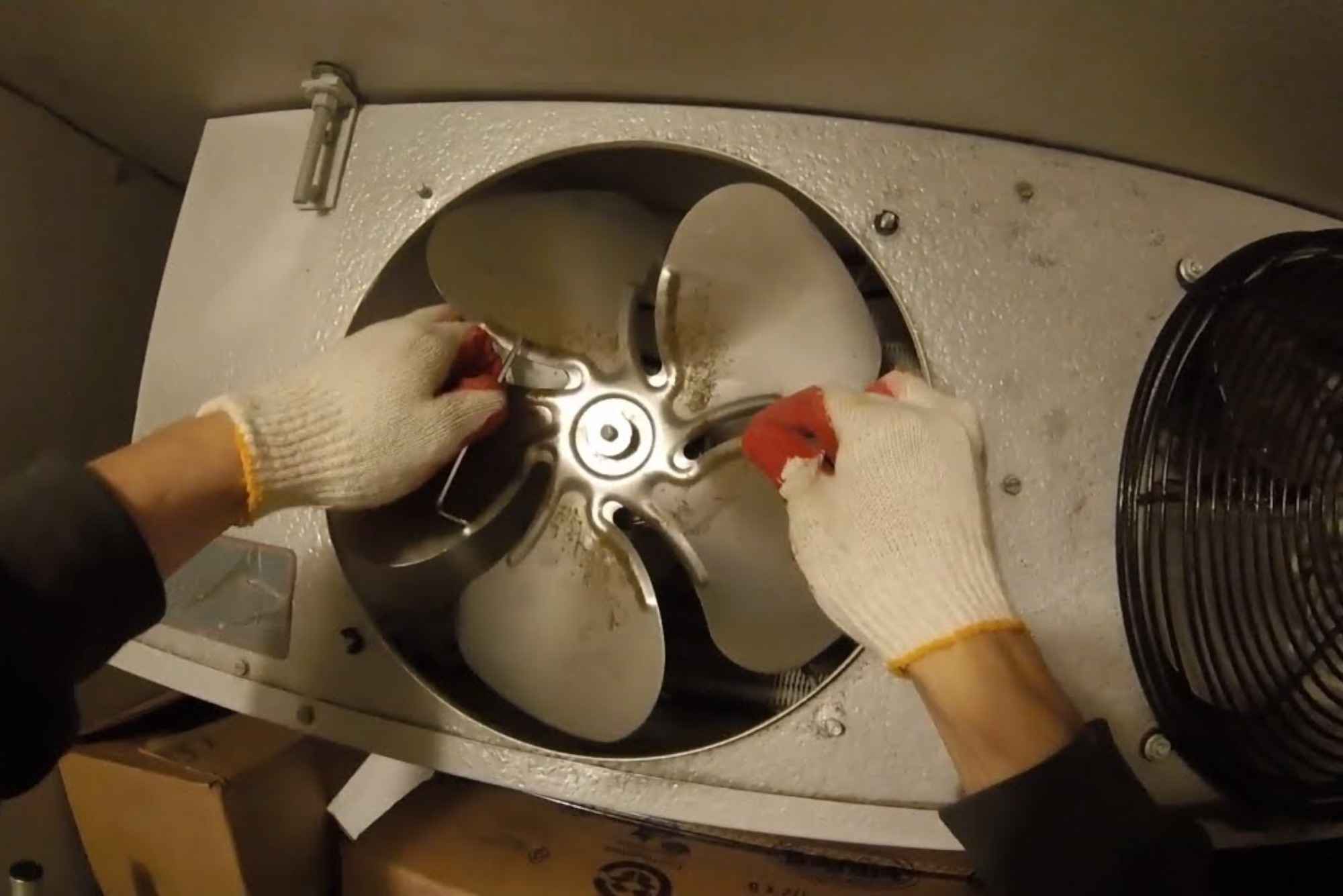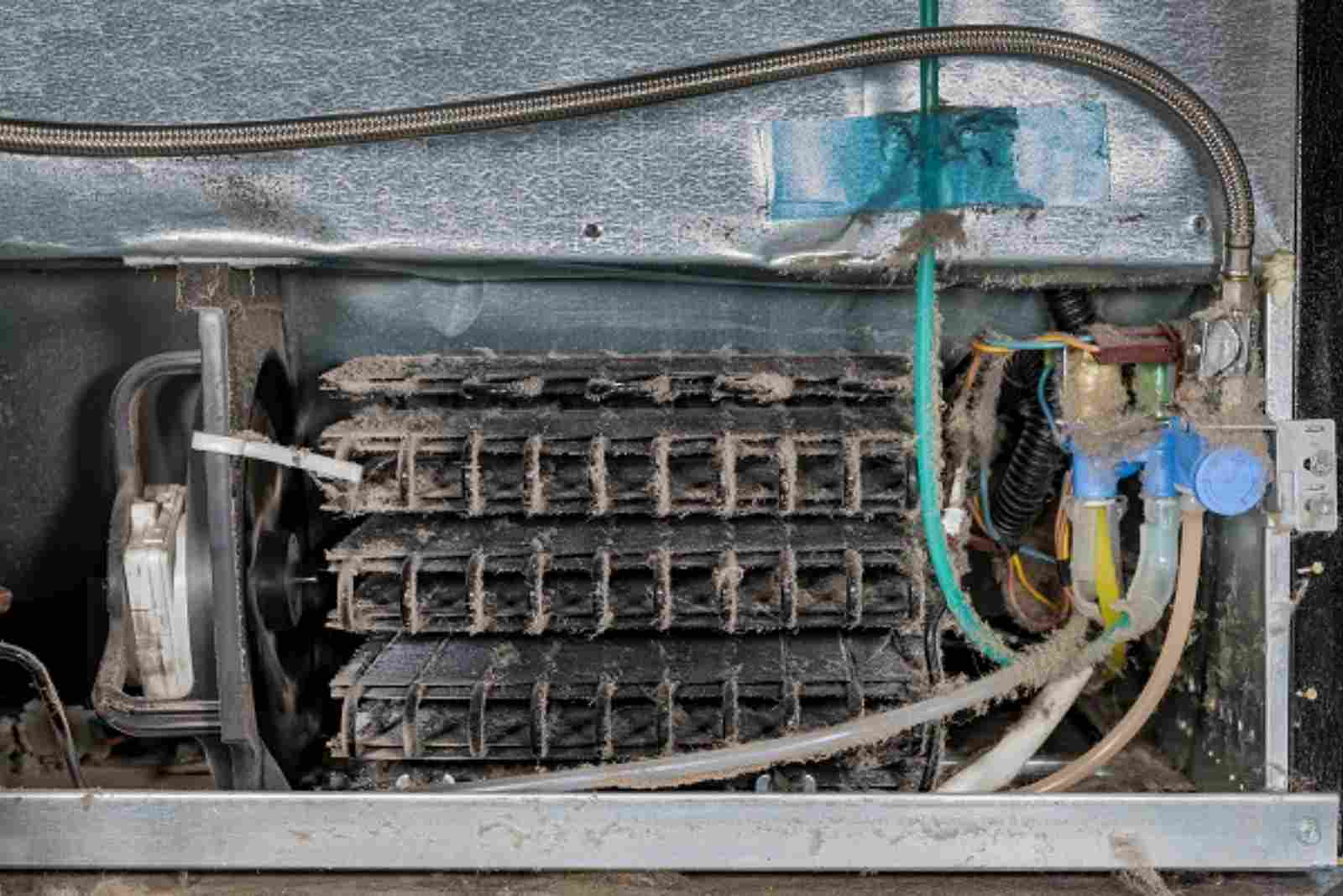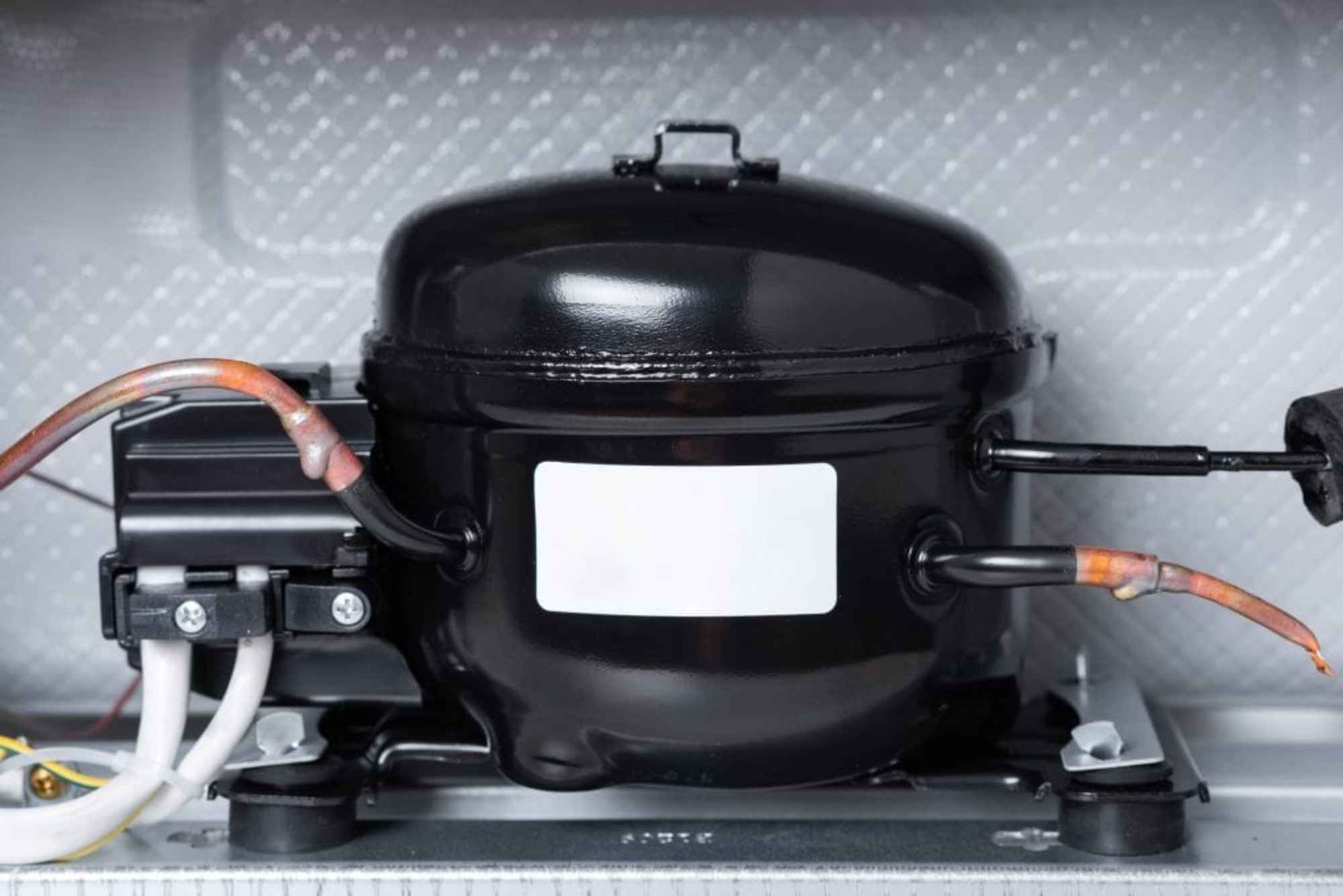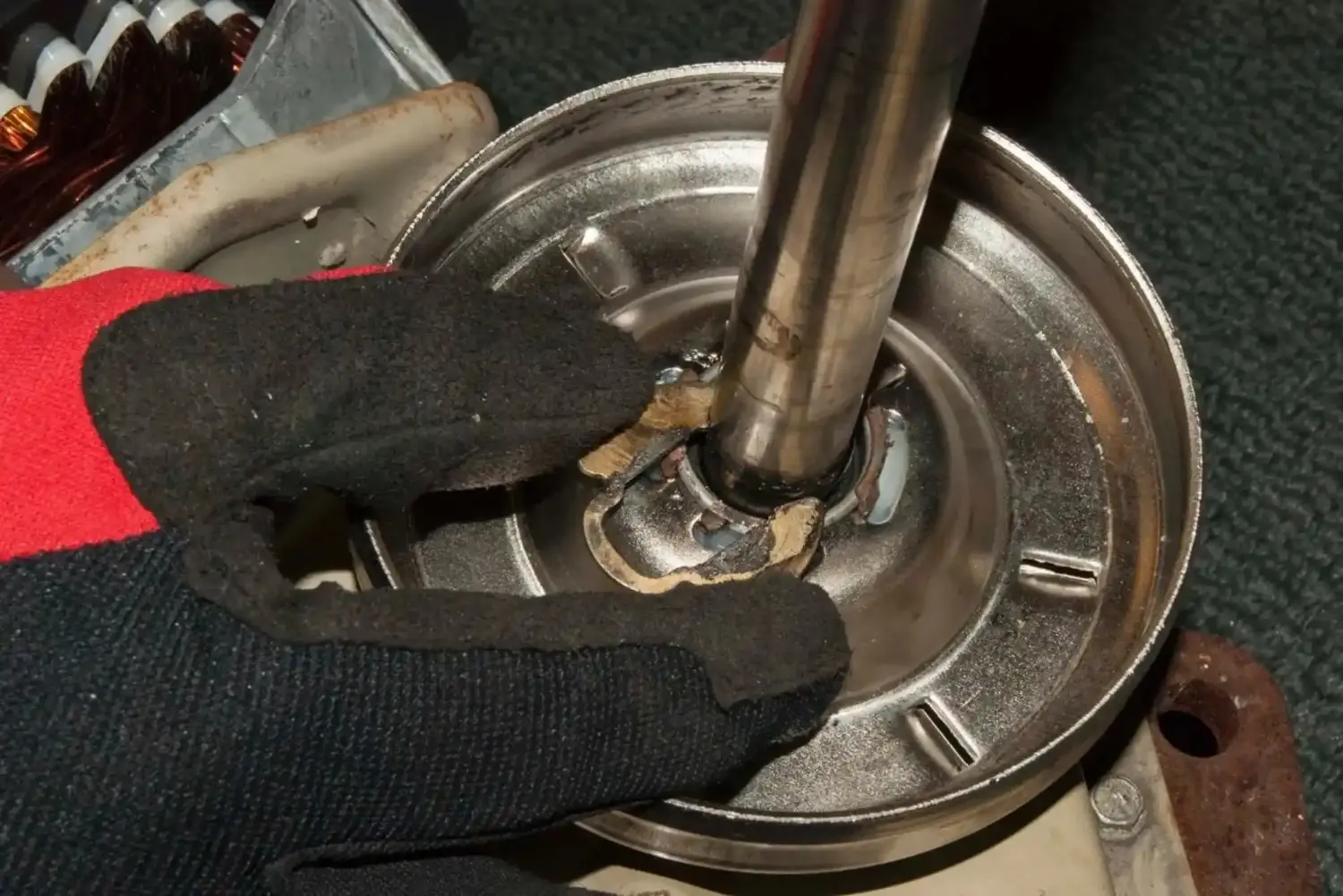A refrigerator’s performance depends on several essential components working in harmony, and one of the most crucial among them is the evaporator fan motor. This small yet powerful component circulates cool air throughout the fridge and freezer compartments, ensuring that every corner maintains a consistent temperature. When this fan stops working, you may notice uneven cooling, strange noises, or spoiled food — all signs that the evaporator fan motor needs replacement.
Replacing a fridge evaporator fan motor may sound complicated, but with the right understanding and a careful approach, it can be done effectively. In this detailed guide, we will explore the purpose of this motor, the symptoms of failure, preparation before replacement, and the complete process of installing a new one safely and professionally.
Understanding the Role of the Evaporator Fan Motor
Inside every refrigerator, the cooling system works by circulating refrigerant through coils, absorbing heat, and releasing it elsewhere. The evaporator coil is responsible for absorbing heat from the inside of the fridge. However, the coil alone cannot distribute cool air efficiently — that’s where the evaporator fan motor comes in.
This fan draws air over the cold evaporator coils and circulates it through the refrigerator and freezer compartments. Without it, the temperature inside would fluctuate, causing uneven cooling and potential food spoilage. The evaporator fan motor typically runs whenever the compressor operates, maintaining a steady airflow to keep your fridge performing optimally.
Signs That the Evaporator Fan Motor Needs Replacement
When the evaporator fan motor begins to fail, the refrigerator provides a few warning signals. The first symptom many people notice is uneven cooling — the freezer might stay cold, while the refrigerator compartment becomes warm. This happens because the fan is no longer circulating air effectively between the two sections.
Another common indicator is unusual noises such as rattling, humming, or grinding sounds coming from the back panel inside the freezer. This often means the fan blades are obstructed or the motor bearings have worn out. In some cases, you may even observe frost buildup near the evaporator coil, signaling that air circulation has been interrupted.
Additionally, when the evaporator fan stops spinning entirely, you might feel no air movement when the refrigerator door is open. This usually confirms motor failure and calls for immediate replacement to prevent further issues with cooling performance.
Safety Precautions Before Starting the Replacement
Before beginning the replacement process, it is crucial to prioritize safety. Always disconnect the refrigerator from its power source to avoid electrical shock. Never attempt to handle internal components while the appliance is plugged in. It’s also advisable to wear protective gloves since you will be working near sharp metal edges and delicate parts.
Clear out the freezer section completely to access the back panel comfortably. If there is frost buildup, allow the refrigerator to defrost naturally before proceeding. This will prevent damage to the evaporator coils and make it easier to remove the panel. Having a clean and organized workspace is key to completing the replacement efficiently and safely.
Locating the Evaporator Fan Motor
The evaporator fan motor is usually located behind the rear panel inside the freezer compartment. In most refrigerators, you’ll find a plastic or metal cover secured by screws. Once you remove this panel, you’ll see the evaporator coils, the fan blade, and the motor assembly.
The motor is typically mounted in the center behind the fan blade, connected to the wiring harness that supplies power. In some models, there might be a small foam or plastic duct housing around the motor to direct airflow efficiently. Carefully observe the arrangement before removing anything — taking a photo can help you remember the original setup when reassembling.
Removing the Faulty Fan Motor
After identifying the evaporator fan motor, gently disconnect the wiring harness that powers the motor. Depending on the design, you may need to unclip connectors or loosen a small screw holding the wire terminals. Once the wires are detached, remove the screws or bolts securing the motor bracket to the housing.
Next, slide out the fan blade from the motor shaft carefully. Some fan blades are pressure-fitted, while others are secured with a small nut or clip. Handle the fan with care to avoid bending or breaking it. Once detached, remove the motor entirely from its mount. At this stage, you can compare it with the new motor to ensure both are identical in size, voltage, and mounting type.
Installing the New Evaporator Fan Motor
With the old motor removed, it’s time to install the new one. Position the new motor in the same place and secure it firmly with screws or mounting clips. Attach the fan blade to the motor shaft, ensuring it spins freely without obstruction.
Reconnect the wiring harness according to the original configuration. Make sure each connector is tight and secure, as loose wiring can cause performance issues later. Once all connections are in place, inspect the setup to ensure the fan blade has enough clearance and is aligned properly.
Before closing the back panel, plug the refrigerator briefly to test whether the new motor operates correctly. You should hear the gentle sound of the fan running smoothly. If it functions properly, unplug the fridge repair again and reinstall the back panel securely. Finally, power the refrigerator back on and monitor its cooling for the next few hours.
Common Mistakes to Avoid During Replacement
Replacing an evaporator fan motor requires attention to detail. One common mistake people make is forcing the fan blade onto the new motor shaft, which can cause imbalance or damage. Always install the fan blade gently and make sure it rotates smoothly.
Another frequent issue occurs when the wrong motor model is used. Even minor differences in voltage or design can affect airflow and efficiency. Always confirm that the new motor matches the original specifications provided by the refrigerator’s manufacturer.
Improper wiring connections are another cause of malfunction. If the motor does not start after installation, double-check the wiring orientation. Ensuring correct polarity and secure terminals is essential for safe and reliable operation.
Why Timely Replacement Is Important
Delaying the replacement of a faulty evaporator fan motor can cause several problems beyond poor cooling. Without proper airflow, the evaporator coils can freeze, restricting air movement even further. This can lead to the compressor running continuously, increasing energy consumption and potentially damaging other components.
A malfunctioning motor can also put strain on the thermostat and control board, causing erratic temperature readings. Over time, this may result in expensive repairs or complete system failure. By replacing the motor promptly, you not only restore cooling efficiency but also extend the lifespan of your refrigerator.
When to Seek Professional Help
While many homeowners can replace a fan motor with basic tools and patience, some refrigerators have complex assemblies that are difficult to access. If you are unsure about electrical connections or notice additional damage such as burnt wires or corroded connectors, it is best to consult a professional technician.
A qualified appliance repair expert can quickly identify underlying problems that may have caused the motor to fail in the first place, such as a faulty control board or defrost timer issue. Professional service ensures that the repair is done correctly, safely, and with warranty protection on the new component.
Maintaining the Evaporator Fan Motor
Once the new motor is installed, a few simple maintenance steps can keep it running efficiently for years. Periodically check the freezer for frost buildup or obstructions that may affect airflow. Keeping the vents clean and unobstructed helps the fan operate without strain.
Avoid overloading the refrigerator compartments, as restricted airflow can force the fan to work harder, shortening its lifespan. Cleaning the interior regularly and ensuring proper door sealing can also prevent moisture accumulation and improve the fan’s efficiency.
If you ever notice the return of unusual noises or airflow issues, inspect the fan area again for any debris or ice buildup before it turns into a serious problem.
Final Thoughts
Replacing a fridge evaporator fan motor is a critical maintenance task that can restore your refrigerator’s cooling efficiency and prevent food spoilage. Although it requires patience and attention to detail, the process is manageable with basic tools and an understanding of how the cooling system works.
By identifying symptoms early, following safety precautions, and installing the correct replacement motor, you can ensure your refrigerator continues to function efficiently for years. If in doubt, seeking help from a professional repair service is always a smart investment — it guarantees the job is done right the first time and helps you avoid future complications.




